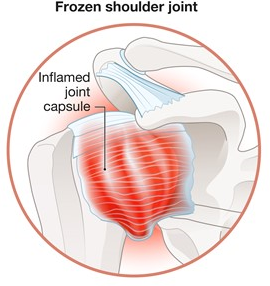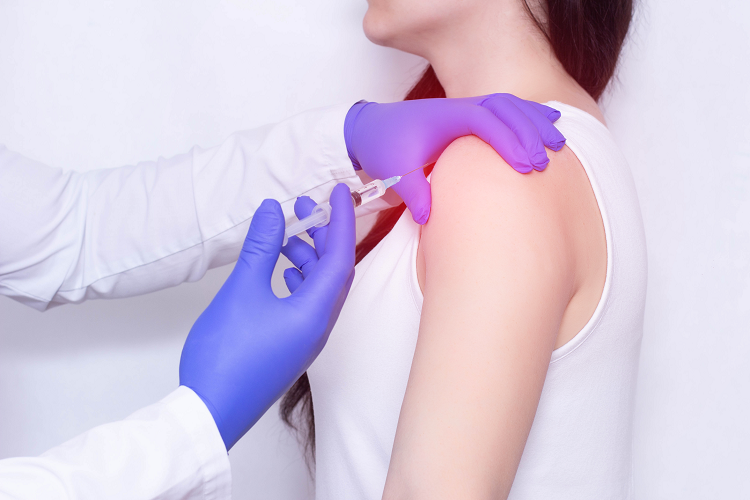

Blog and News Updates
Welcome to Dr. Anderson's Blog. Check back often for new information, recipes and more!

Adhesive capsulitis or “frozen shoulder” is a common condition that results in shoulder pain and loss of range of motion. Although both males and females are affected, women are predominantly affected, and most commonly between the ages of 40-60. While there is not one known cause for frozen shoulder, there may be a hormonal component since this is the age range where female reproductive hormones dramatically decrease. There is also an increase in the incidence of frozen shoulder in those that have hypothyroidism and diabetes.
 Common treatments for adhesive capsulitis include steroid injections into the joint, manipulation of the joint while under anesthesia, suprascapular nerve block and physiotherapy (PT). There are however newer treatments that have been shown to be as effective, and sometimes more effective, than current treatments, including the injections of platelet rich plasma (PRP) or ozone. Without treatment, frozen shoulder symptoms often resolve on their own and usually take 1-3 years.
Common treatments for adhesive capsulitis include steroid injections into the joint, manipulation of the joint while under anesthesia, suprascapular nerve block and physiotherapy (PT). There are however newer treatments that have been shown to be as effective, and sometimes more effective, than current treatments, including the injections of platelet rich plasma (PRP) or ozone. Without treatment, frozen shoulder symptoms often resolve on their own and usually take 1-3 years.
Platelet Rich Plasma (PRP)
PRP is a form of regenerative medicine that uses the body’s own platelets and growth factors to stimulate healing. Because these are autologous, meaning from the patient’s own body, there is no risk of reaction and does not have the same side effects of steroids.
Ozone
Ozone, you have likely heard of it in the outer layers of Earth’s atmosphere, is compose of 3 oxygen atoms linked together. When ozone gas is injected into damaged or inflamed tissues, it will help to oxygenate the tissues and stimulate the body’s own healing processes. Pain is often reduced in the inflamed tissues right away.

PRP and ozone are typically injected directly into the joint as well as the area surrounding joint. This is an in-office procedure. Patients usually have some improvement in their pain and range of motion within 1 week and significant improvement in pain and range of motion in 1-3 months.
If you have been suffering from frozen shoulder and traditional treatments have not helped, there may be other options to give you relief and restore normal function.